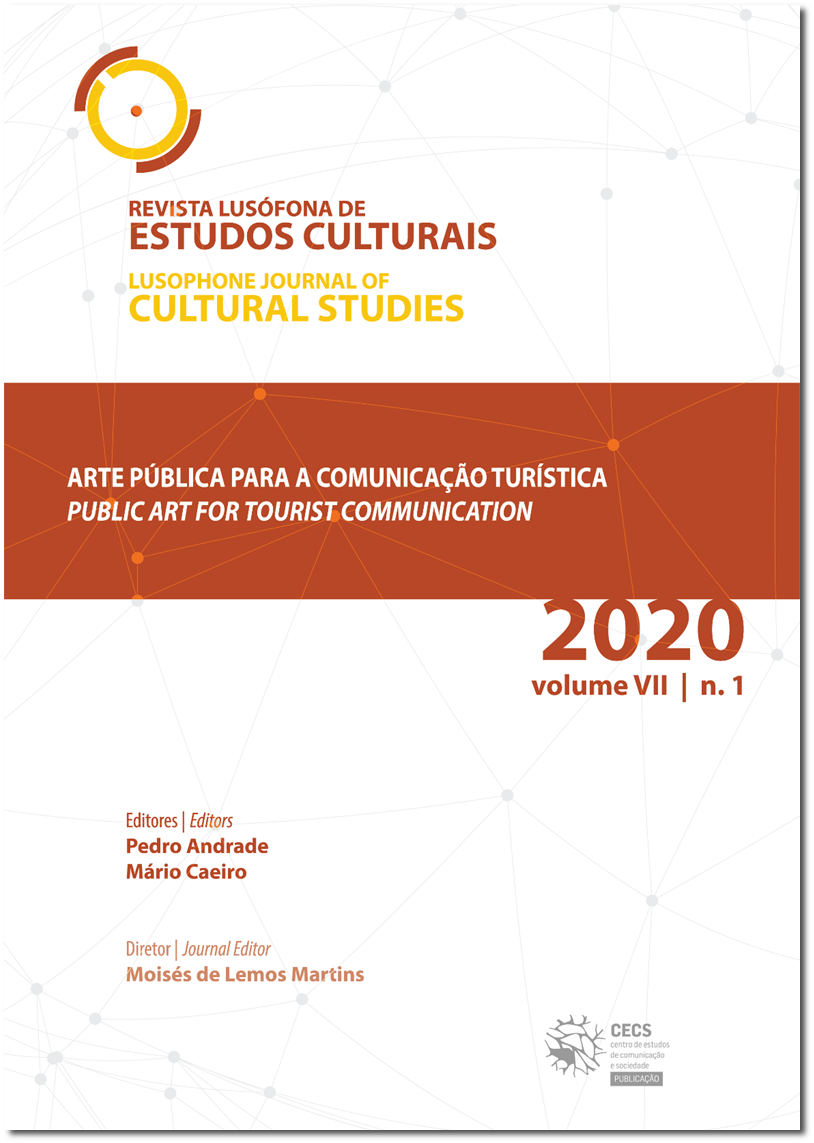Towards a visual methodology in researchcreation: the example of SORODAS
DOI:
https://doi.org/10.21814/rlec.2302Keywords:
SORODAS, research-creation, digital art, hypermedia, MayotteAbstract
This text presents a methodology in operation at the Department of Hypermedia Communication at Savoie Mont Blanc University, France, which for many years has been based on close collaboration between the Information/Communication Sciences and Art Sciences, in order to enable the production of innovative devices in research-creation of digital arts, namely devices built in hypermedia. A testimony of this strategy is Carole Brandon’s work named SORODAS, planned for the IDÉFI-CréaTIC Atelier-Laboratoire [S] Langue [S] & Patrimoine [S], which would be relocated to the Mayotte Islands in the Indian Ocean in 2018. Even if the trip by the project team was finally canceled two days before departure, due to events and demonstrations occurred in the island. This hypermedia and artistic device was accompanied by a long interdisciplinary preliminary work, research in visual anthropology and project methodology conducted jointly by Ghislaine Chabert and Carole Brandon team. With the collaboration of Digital Creation Master students, this territory of Mayotte, difficult to circumscribe due to its geographical remoteness and tumultuous past, could not be decently approached without several precautions taken in the meantime. The present text includes a sample of the results obtained, presented partially in a writing style inspired by the language of social networks and experienced in the project. For example, the authors write “®view” instead of “review” to underline the duality of the “(re)vision” process in time. Or sometimes they replace simple parentheses ( ) with (-! !-), that is, they use an emoji notation, formed by ideograms and smylies, very common in cyberspace and digital social networks.Downloads
References
Borges, J. L. (1983). La loterie à Babylone. In Fictions (pp. 61-70). Paris: Éditions Gallimard.
Brandon, C. (2016). L’Entre [corps/machine]: la princesse et son Mac. Tese de doutoramento, Université Paris 1 - Panthéon-Sorbonne, Paris, França. Retirado de https://hal.archives-ouvertes.fr/tel-02111485
Brandon, C. (2002). Mille Sabords ou les origines de la vidéo dans la peinture. Dissertação de Mestrado, Université Jean Monnet, Saint-Étienne, França.
Eco U. (1997). Kant et l’ornithorynque. Paris: Éditions Grasset.
Foucault, M. (2001). Le jeu de Michel Foucault. In Dits et écrits II (pp. 62-93). Paris: Éditions Gallimard.
Foucault, M. (1979). Histoire de la sexualité, tome I. Paris: Éditions Gallimard, Paris.
Foucault, M. (1984a). Histoire de la sexualité, tome II. Paris: Éditions Gallimard, Paris.
Foucault, M. (1984b). Histoire de la sexualité, tome III. Paris: Éditions Gallimard, Paris.
Foucault, M. (1993). Surveiller et punir. Paris: Éditions Gallimard.
“Kwassa-kwassa”: les Comoriens exigent des excuses de Macron, qui prône “l’apaisement”. (2017, 05 de junho). Le Monde. Retirado de https://www.lemonde.fr/afrique/article/2017/06/05/apres-les-propos-choquants-de-macron-les-comoriens-exigent-des-excuses_5139073_3212.html
Lamboux-Durand, A. (2017). Appréhender les biais de l’audiovisuel pour une analyse scientifique appropriée des situations enregistrées. Cuadernos Artesanos de Comunicación, 136, 27-46. Retirado de http://www.cuadernosartesanos.org/2017/cac136.pdf
Parvard, B. (2010). Qui sont les 343 du manifeste d’avril 1971? In C. Bard (Ed.), Les féministes de la deuxième vague (pp. 71-84). Renes: PUR.
Pharo, P. (2000). Le sens objectif des faits sociaux. Revue européenne des sciences sociales, 38(119). https://doi.org/10.4000/ress.679
Roger, P. (2019, 21 de outubro). Mayotte : au cœur du voyage de Macron, la question de l’immigration. Le Monde. Retirado de https://www.lemonde.fr/politique/article/2019/10/21/l-immigration-clandestine-au-c-ur-de-la-visite-de-macron-a-mayotte_6016370_823448.html
Soudan, F. (2010). Penombra. Dissertação de Mestrado, Université Paris 1 - Panthéon-Sorbonne, Paris, França.
Veyrat, M. (2015). eSPACE. In G. Azémard (Ed.), 100 Notions pour l’Art Numérique(pp.86-88). Paris: Les Éditions de l’Immatériel. Retirado de http://www.100notions.com
Downloads
Published
How to Cite
Issue
Section
License
Authors own the copyright, providing the journal with the right of first publication. The work is licensed under a Creative Commons - Atribuição 4.0 Internacional License.












